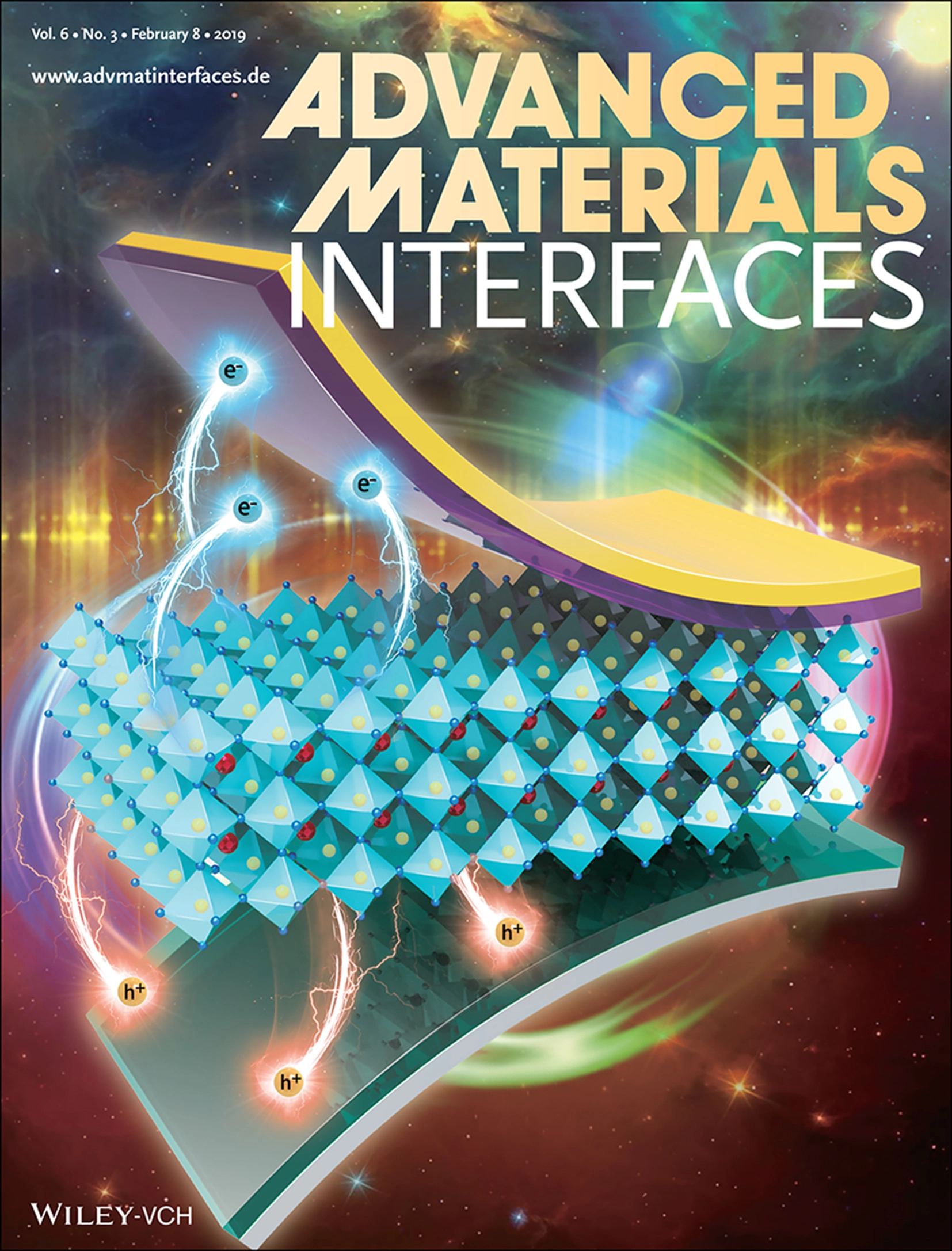A. Kertmen, Enzo Barbe, Mariusz Szkoda , Katarzyna Siuzdak , V. Babačić, Pau Torruella,
I. Iatsunskyi, Michał Kotkowiak , Karol Rytel, Sonia Estrade, Francesca Peiro,
S. Jurga, Yanguang Li,
L. E. Coy Highly performing photocatalytic surfaces are nowadays highly desirable in energy fields, mainly due to their applicability as photo water‐splitting electrodes. One of the current challenges in this field is the production of highly controllable and efficient photoactive surfaces on many substrates. Atomic layer deposition has allowed the deposition of photoactive TiO2 layers over wide range of materials and surfaces. However, nitrogen doping of the growing layers, a highly effective way of controlling the absorption edges of photoactive surfaced, is still a challenging task. Here, the preparation of hierarchical nanostructured surfaces based on Langmuir–Schaefer and atomic layer deposition is proposed. Ultrathin TiO2 layers that are photoelectrochemically active in water splitting are prepared by a relatively low‐temperature catalytic decomposition of oleic acid capping layers of iron oxide nanoparticles and the posterior nitrogen adsorption. The results evidence that simple N‐adsorption is sufficient to narrow the bandgap of TiO2 layers that is equal to bandgap narrowing (0.12 eV) observed for substitutionally N‐doped materials. The photocatalytic activity tests of the prepared surfaces in water‐splitting applications demonstrate ≈90% increase in the activity of the N‐adsorbing TiO2 layers.

